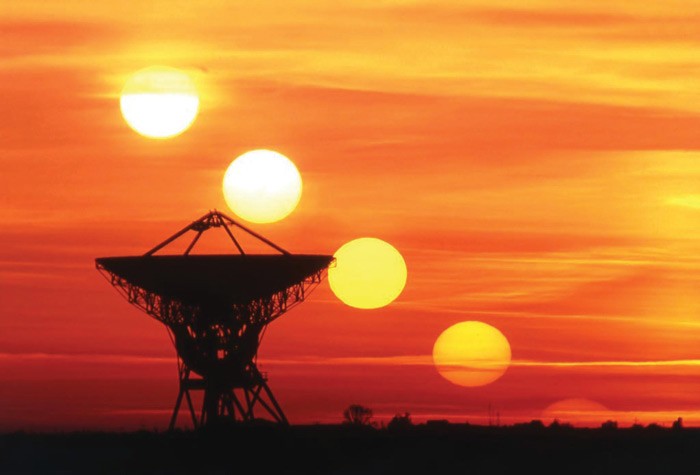Super dense stars shooting jets of radiation, black holes swallowing up stars, supernovae, and unexplained bursts of gamma rays. These are all examples of a ‘transient event’, an incident that lasts at most a few days. They are amongst the most powerful and mysterious phenomena in the universe, but from Earth they appear as ‘blips’ on our telescopes, making them very difficult to study.
Byron Magri (from the Astronomy, Astrophysics and Cosmology Research Programme (AACRP) and supervised by Dr Kris Zarb Adami) is shedding light on how to detect these fleeting wonders. His work is focused on fast transients that only last a few seconds.
Earth-based radio telescopes (aka antennae) are as big as they can get. The problem is that astronomers need bigger telescopes to produce higher resolution images to reveal finer details about these objects and find new discoveries. The solution is to use arrays of smaller radio antennae that are linked together. Interferometry is used to combine the data.
The technique uses enormous computing power to measure the radio waves phase delays being gathered by the individual antennae. Interferometry then overlaps and superimposes them to produce a stronger signal and an image with a much higher resolution.
For this technique to work, it must carry out all the calculations as the event is happening. The computer algorithm interpreting the data must also filter out all the noise due to the Earth’s atmosphere. To top it all off, the transient events need to be singled out.
To meet these challenges Magri used GPUs (Graphic Processing Units), which are usually used by hardcore gamers to power the most advanced graphics. The design of GPUs lends itself well to heavy numerical processing. Magri wrote an algorithm that acts as an inferometer on a GPU and he is testing it on data from the BEST-2 radio telescope array in Medicina, Italy.
Developing these algorithms is important to make future arrays larger. The next generation interferometer, the Square Kilometer Array, will have hundreds of antennae, meaning that information extraction will need to be extremely efficient and rapid. These algorithms are a keystone to maximise the potential of a €1.5 billion telescope to find more amazing phenomena in our universe.
This research was performed as part of an M.Phil. (Melit.) in Physics at the Faculty of Science. For more about Malta’s role in the Square Kilometre Array see pg. 14, Issue 02 of Think magazine (http://bit.ly/SKATHINK).

